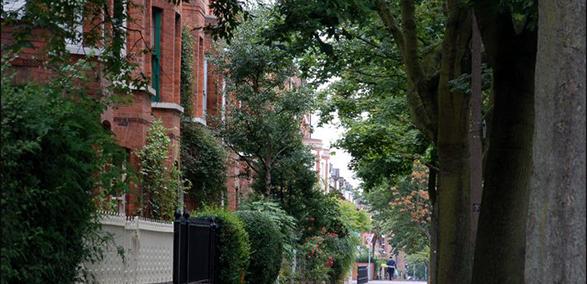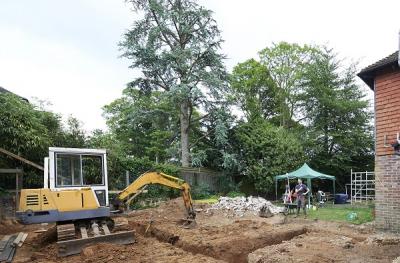Recognise signs of ground heave – and find out what you can do about it
Article updated on 31 January 2024
What is ground heave?
If your home is built on clay soil, then ground heave may become an issue. Ground heave is the upward movement of the ground usually associated with the swelling of clay soils that expand when wet. The result is that the exposed upper surface of the ground rises up.
The impact of heave is opposite to the effect of ‘subsidence’ which is where the ground is unstable and sinks downward, or ‘settlement’ which is caused by the weight of the building. What surveyors call ‘ground displacement’ is generally less that 150mm but it’s important to bear in mind that even this can lead to serious structural damage to your buildings walls and foundations. This can happen in certain types of soil when a tree (or trees) that was previously absorbing large quantities of water is removed.
Heave can also occur in soils vulnerable to frost, leaking drains and/or water supplies. A single tree can remove as much as 150 litres of water a day. The maturity, size and type of tree, how absorbent the clay soil is and water table will all affect the amount of ground movement after the trees removal.
Determining when heave might occur is difficult - it could be after a couple of ‘wet’ months or after years but it’s always best to take it into consideration!
Common signs of ground heave
- Cracking to brickwork and windows: this cracking is more likely to be vertical, whereas subsidence cracking is more likely to be diagonal.
- Doors sticking as their frames become out of square
- Lifting of paths and patios surrounding buildings
The remedial costs associated with heave can be substantial. So it’s vital that you call your local authority building control department to discuss how they can help.
Once you have chosen your surveyor, they will more than likely do some investigations to determine whether you have ground heave. This may include visual inspections, historic research and drilling boreholes or trial holes to determine the type of soil and assess it’s plasticity or how shrinkable the ground might be.
If you’re worried that cracks etc may be ground heave, subsidence, or settlement give your local authority building control department a call to find out how they can help.
Need further advice on renovating, repairing or building your home?
We have a section devoted to homeowners that includes advice on building regulations, avoiding cowboy builders, common renovation projects and more.
(Picture credit cc-by-sa/2.0 - © Albert Bridge - geograph.org.uk/p/496444)
Please Note: Every care was taken to ensure the information was correct at the time of publication. Any written guidance provided does not replace the user’s professional judgement. It is the responsibility of the dutyholder or person carrying out the work to ensure compliance with relevant building regulations or applicable technical standards.
Sign up to the building bulletin newsletter
Over 48,000 construction professionals have already signed up for the LABC Building Bulletin.
Join them and receive useful tips, practical technical information and industry news by email once every 6 weeks.
Subscribe to the Building Bulletin




Comments
Ychwanegu sylw newydd